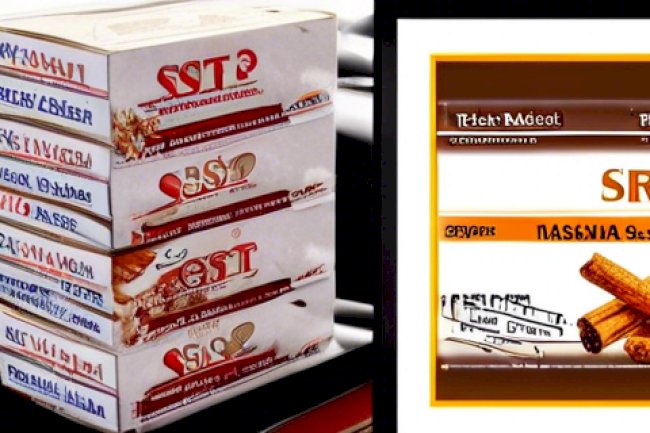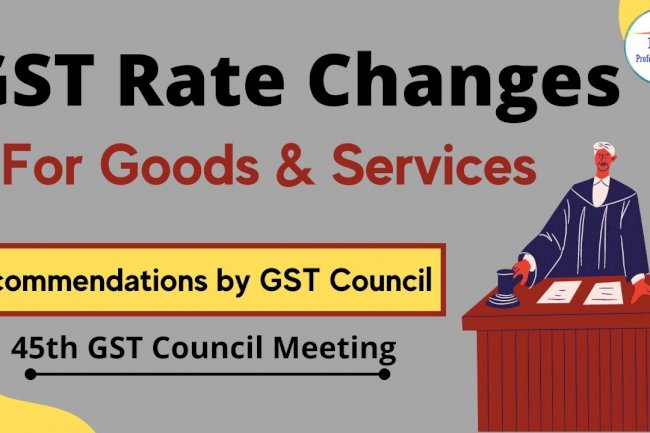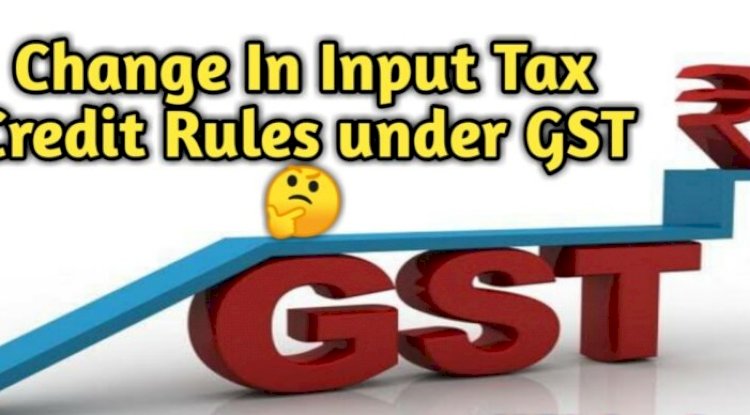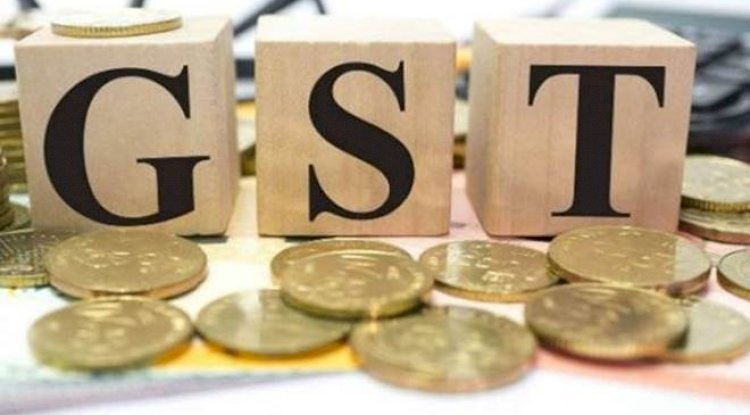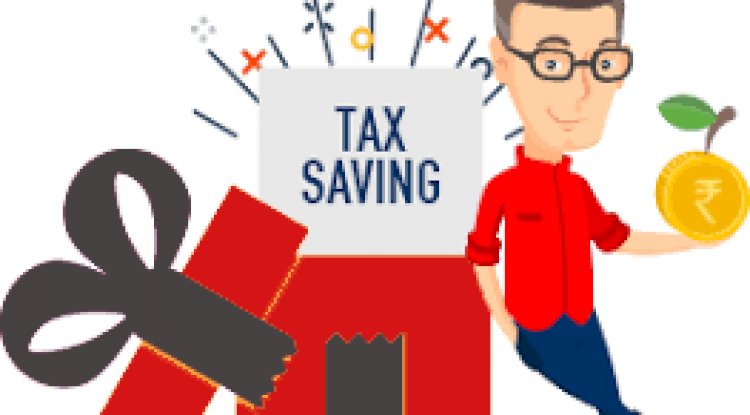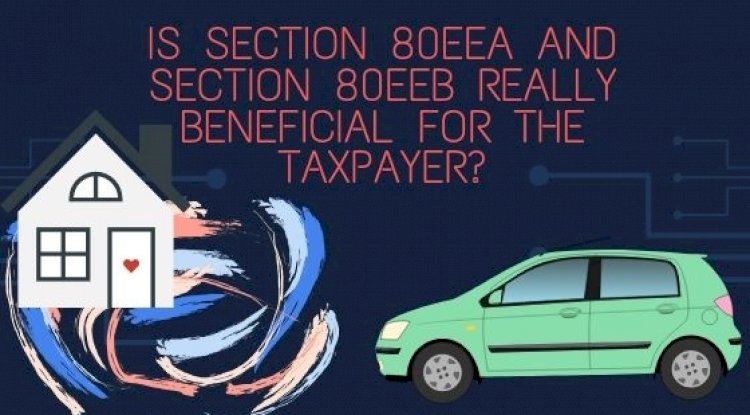IMPACT ON TDS AND TCS UNDER GST
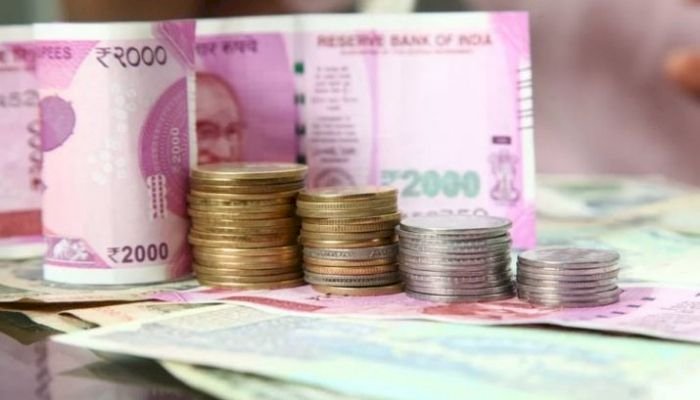
Tax Deducted at Source (TDS) under GST :-
In GST, TDS stands for Tax Dedicated Sources (Tax Deducted at Source). This is a taxation process. Where a person of a specific nature deducts tax . And deposits it in the treasury of the Government of India.
The rate at which tax deduction (TDS) is deducted at source and paid is nominated based on the nature of payment. Or the paying person is required to deduct and deposit TDS.
With the help of online GST portal, tax deduction credit can be filed very easily by the taxpayers at source. This can be done with the help of all registered individuals who are making specified sales on the e-commerce platform.

Q) Who can be liable to deduct TDS in GST ?
Ans:-Tax deducted at source in GST Many people can be liable in GST law for tax payment. Let us know about them one by one below.
- Establishment of a department or central government or state government.
- local authority.
- Government Institute.
- Such person or category of persons as may be notified by the Government.
Under the latest notification dated 13 September 2018 in the GST Act, a tax deduction at source (TDS) was introduced. In which the following entities will also have to deduct TDS: -
- An authority or board or any other body or government established by Parliament or the State Legislature has 51% equity (control).
- Societies established by the Central or any State Government or local authority and which are registered under the Societies Registration Act, 1860.
- Public Sector Undertakings.
Q) What is the rate of tax deduction at source in GST ?
Ans:-The TDS method is deducted at the rate of 2 per cent on payments made to the supplier of taxable goods or services, where the total value of such supplies under the individual contract is more than Rs 2.5 lakh.
No tax deduction is required when the supplier's location and place of supply differ from the status of the recipient's registration.
Q) What are the registration requirements for TDS payers in GST ?
Ans:- The person responsible for deducting tax at source must be registered under GST. And there is no limit to it. Previously registration under GST could be obtained without PAN number. And can use the Tax Deduction and Collection Account Number (TAN) issued under the Income Tax Act.
Thus it can be said that TAN is mandatory. But according to the new rules in 2019 GST, a person without PAN number cannot be registered in the GST process. PAN number has been made mandatory for registration by the Government of India.
Q) When and to whom is TDS tax mandatory ?
Ans:- Any entity that comes under the tax deduction at source. The organization pays a fixed amount in the form of TDS.
Or the person from whose income TDS tax is deducted, that person has the right to make a certificate of deduction.
The tax deduction at source will be paid within 10 days from the end of the month in which the tax is deducted. TDS will be paid to the following government: -
- In case of IGST and CGST, it is mandatory to give to the Central Government.
- In case of SGST, the state government will have to pay.
Q) What are the provisions related to issue of TDS certificate in GST law ?
Ans:- Under the Income Tax Department law, a person deducting tax at source must issue a TDS certificate in the form of Form GSTR-7A to the person concerned within 5 days of depositing the tax to the government.
For non-issuance of certificate, a person will have to pay a fine ranging from Rs 100 per day to a maximum of Rs 5000.
Q) Which form is required to fill TDS returns in GST ?
Ans:-The person is required to fill in Form GSTR-7 to fill the TDS return. The person deducting the tax is required to file a tax deduction return at source within 10 days from the end of the month as GSTR-7.
When unregistered supplier's GSTIN number is not available, their name may be mentioned. Subsequently, the robustness of the system reflects the details in the electronic laser of the supplier with the help of this form.
Q) What is the benefit to the supplier in deducting tax at source ?
Ans:- As per gst retrun filing rule, once the supplier has filed the tax deduction return at source, he will get automatic reflection through electronic return. So that it can claim tax deduction in its electronic cash book and use it to pay other taxes.
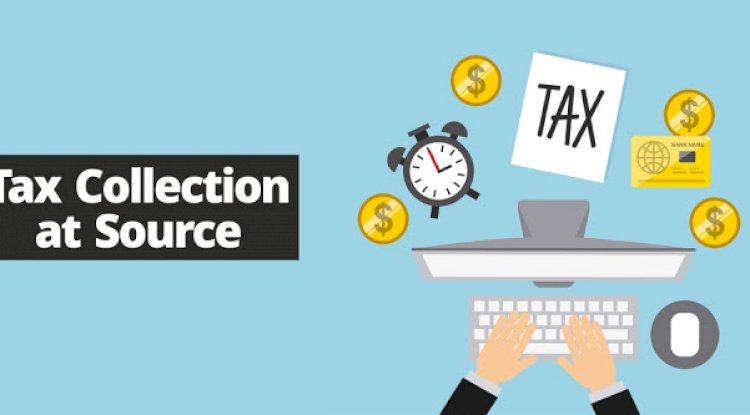
TCS (Tax Collection at Source) rate in GST:-
In GST, TCS tax collection at source has the full name "tax collection at source". In India, on the sale of certain goods, the tax is collected from the payer or buyer of a specified class of goods under the rates set by the seller or company. This is called TCS tax. It is also called tax collected in the source. The seller then hands over the tax to the Government of India, after collecting the tax from the buyer. The TCS certificate is issued, for which the buyer of such goods will get credit.
GST TCS (Tax collected at source) means taxes collected by an e-commerce operator with consideration received from the government of the goods or services supplied through the operator's offline platform. TCS is taken as a percentage on net taxable supply.
Merchants supplying goods and / or services through e-commerce operators will receive payment after deduction of 1% under the tax collection at source.
It has been notified the rate by CBIC under the notification no. Under the CGST Act and IGST Act, intra-state supply TCS attracts a rate of 1%.
That is, 0.5% will be recovered under CGST and 0.5% under SGST. Similarly, the TCS rate under the IGST Act for transactions between states will be 1%.
Q) What are the registration requirements for TCS in GST?
Ans :- The e-commerce operator responsible for taking TCS (TCS) tax collection at source in GST, must compulsorily register with the Goods and Services Tax under the GST system. In addition, e-commerce operators, who supply goods through online portals, are compulsorily registered under GST with few exceptions. The GST process also has certain conditions for registration through TCS. Let's try to know those conditions in turn: -
- Every e-commerce operator must be registered under Tax Recovery at Source (TCS).
- Supply under section 9 (5) of CGST Act, except for every person who supplies through e-commerce operator. Such persons should be registered in GST.
- Suppliers are not exempt from registration in goods supplied through e-commerce platforms.
- An e-commerce company has to compulsorily register itself under GST in every state supplying that goods or services.
Notes :- Section 9 (5) mentions the following supplies –
carrying passengers by radio-taxi and motorcycle or in residential, purpose of stay (unregistered supplier) or housekeeping, such as plumber in hotel, carpooler etc., guest house (anil supplier ) to provide.
In all three cases, the e-commerce operator will pay GST. Therefore, if provides the services listed in Section 9 (5), the suppliers will not have to register, provided they do not cross the Rs 40 lakh limit for registration.
Compulsory Registration
As per Section-24 of CGST Act certain category of persons have a compulsory get registered under the Act. Both operator and supplier selling goods through E-Commerce have to get compulsory registed under the Act. Hence, threshold limit of 20 lakhs is not applicable to them
Few further a take aways
- In case of goods are purchased from different vendors and then sale is made on own website under own billing, in such case no TCS is required to be deducted.
- If a supplier sells its own products through a we bsite hosted by him. In such case no TCS is required to be deducted and GST at prevailing rate would be applicable .
- If exempted goods like books are sold through E-Commerce then TCS is not required to be collected since supply itself is not taxable.
- Where supplier sells goods through E-Commerce, their goods may be stored in shared facility operated by E-Commerce. In such case, same place may be registered by multiple suppliers as additional place of business.
Q) Who is responsible for depositing TCS in GST ?
Ans : - The responsibility of depositing TCS through GST, some operators who own e-commerce platforms. Such individuals are responsible for collecting tax collection at source.
TCS only applies when operators sell goods to customers on behalf of vendors or suppliers.
In other words, when an e-commerce operator sells goods and services to a customer through sellers. So along with that the operator deducts an amount in the form of TCS. Which is later deposited by the seller to the Government of India.
Q) What is the purpose behind introducing TCS in GST ?
Ans :- The purpose of implementing TCS tax collection at source in GST is based on the applicability of e-commerce operators.
Actually, hundreds and thousands of small sellers are sold on these e-trade platforms today. Some of which e-commerce operators trade can be trusted.
Therefore, the government has made them accountable for collecting a minimum amount in the name of tax before handing over the income to each of these vendors.
So with the help of e-commerce operators, it helps to track short sellers. Which were out of the reach of the authorities. But now such small sellers can be easily caught with the help of e-commerce.
Apart from this, the e-commerce system helps in filing timely returns by collecting tax refunds and also disclosing business transactions. Which helps the Government of India in enhancing the compliance process under the GST framework.
Time limit for submission of TCS in Goods and Services Tax
This will be credited to the credit of the government within 10 days from the end of the month of supply. Tax will be deducted at source or TCS during the month in which the supply is made. Or the tax collected will be paid in the following ways: -
IGST and CGST will be paid to the Central Government.
Or, the respective state governments will be done through SGST.
Matching of details of supplier with e- commerce operator
The details of supplies furnished by e- commerce operator (Form GSTR-8) shall be matched with the concerned supplier (GSTR-1).
If the details is not matched, the same shall be communicated to both of them (Supplier in Form GST MIS-3 & e-commerce in Form GST MIS-4)
If the discrepancy is not rectified by the supplier in his valid return or the operator in his statement for the month in which discrepancy is communicated, shall be added to the output tax liability of the said supplier,
where the value of outward supplies furnished by the operator is more than the value of outward supplies furnished by the supplier and such supplier shall pay the tax payable in respect of such supply along with interest as specified under Section 50(1).
Serving of Notice to the operator
Any authority not below the rank of Deputy Commissioner may serve a notice, requiring the operator to furnish such details relating to:
- supplies of goods or services or both effected through such operator during any period; or
- stock of goods held by the suppliers making supplies through such operator in the godowns or warehouses, by whatever name called, managed by such operator and declared as additional places of business by such suppliers,as may be specified in the notice.
Penalty
The concerned operator shall furnish the above mentioned information within fifteen working days of the date of service of such notice. If he fails to do so, shall, without prejudice to any action that may be taken under section 122, be liable to a penalty which may extend to twenty-five thousand rupees.
What's Your Reaction?








